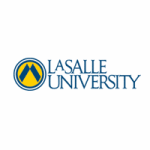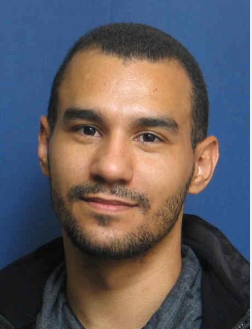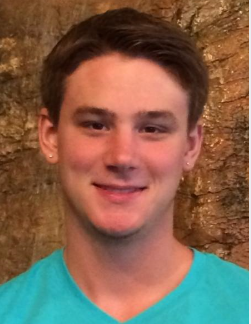Below is a summary of the abstract you submitted. Presenting author(s) is shown in bold.
If any changes need to be made, you can modify the abstract or change the authors.
You can also download a .docx version of this abstract.
If there are any problems, please email Dan at dar78@pitt.edu and he'll take care of them!
This abstract was last modified on April 26, 2015 at 11:25 p.m..

Students from La Salle University’s Integrated Science, Business and Technology program isolated two new Mycobacteriophages, Iracema64 and Lambert1. Iracema64 is a phage collected from a sand sample on the La Salle campus in Philadelphia, PA. It had a genome length of 51637 base-pairs and had a GC content of 64.0%. Characterized as a cluster A phage (subcluster A4), Iracema64 presented Siphoviridae morphotype and plaques of 1.4 mm of diameter. Annotation of Iracema64’s genome indicated that there were 87 genes and no transfer RNAs. Phamaerator analysis indicated that Obama_12, Kampy, and Peaches were similar to Iracema64. Lambert1 was isolated from a flower bed mulch 60 miles north of La Salle in Emmaus PA. It has a genome length of 50042 base pairs and a GC content of 64.1%. Characterized as a cluster A phage (subcluster A3), Lambert1 presented Siphoviridae morphotype and plaques of 1.0 mm of diameter. Annotation of Lambert1’s genome indicated that there were 87 genes and two transfer RNAs. Phamerator analysis indicated that Lambert1’s genome was almost identical to QuinnKiro; QuinnKiro had 24 more basepairs than Lambert1. The most notable observation about both genomes was the large areas of no genes at the start and end of the DNA sequence. Jefferson Hollanda Veras – Scholarship student, CAPES Foundation, Ministry of Education of Brazil, Brasilia, DF, 70.040-020


